“We lay in wet heather for hours at a stretch, tramped many weary miles in the dark, and spent nights in the open air on lonely islands … we have endured the torturing stings of insects, waited for days and days together for a single picture and been nearly drowned, both literally and figuratively”
– Richard Kearton and how he and his brother Cherry Kearton photographed birds
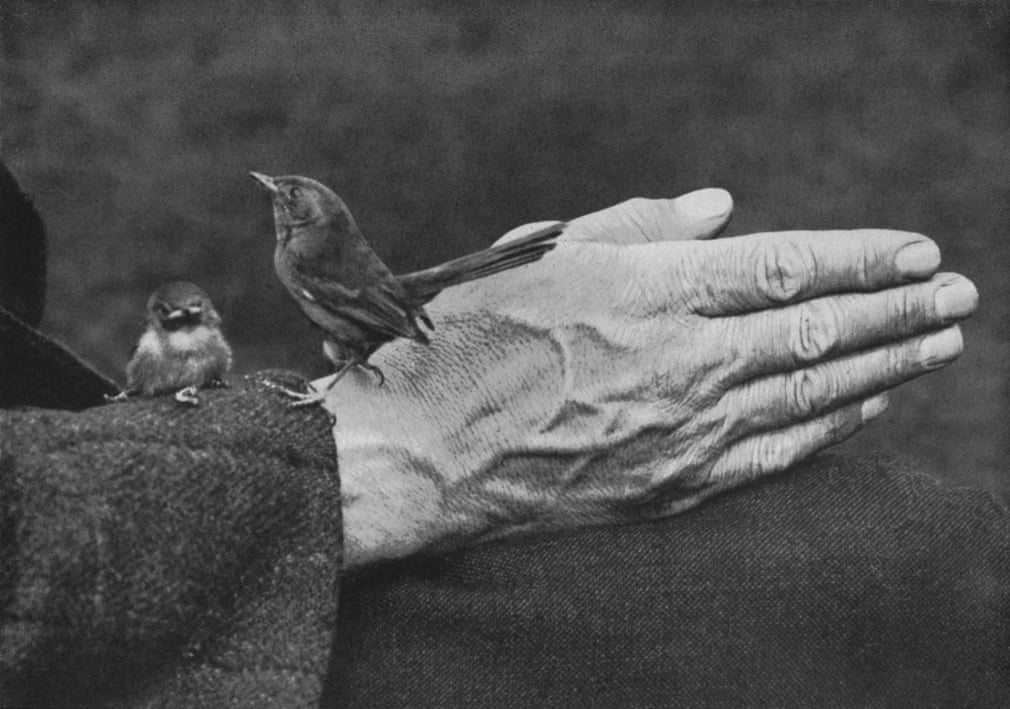
Dartford warbler and chick on Richard Kearton’s hand: ‘By the exercise of a little patience I tamed the adult female until she would at last alight on my hand and feed one of the fledglings, at rest on my wrist, without the slightest sign of fear or nervousness’
Baby Birds At Home features photographs by brothers Cherry (1871 – 1940) and Richard Kearton (1862 – 1928). It was published by Cassell & Co., London in 1912. Unless identified otherwise, it is these photographs you can see here.
Richard and Cherry Kearton were brothers from Thwaite, Swaledale, Yorkshire. Pioneers of wildlife photography, the prolific photographers’ work appeared in many books, including: Birds’ Nests, Eggs and Egg-collecting (1890), Our Bird Friends (1900), Wild Nature’s Ways (1903) and With Nature and a Camera (1897).
They developed innovative methods to photograph animals in the wild and in 1895 published the first natural history book to be entirely illustrated by wild photographs.
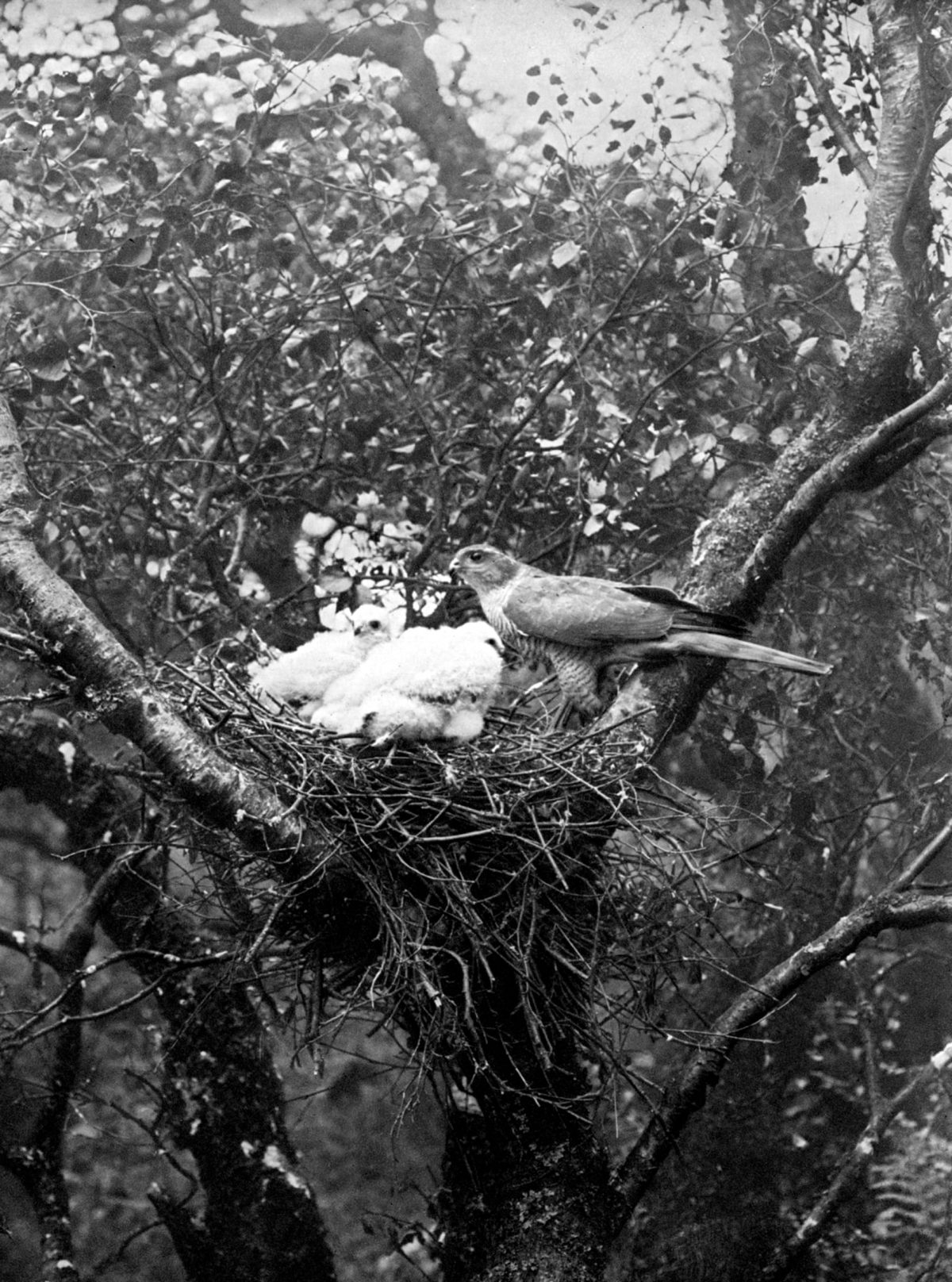
Female sparrow hawk and young. The Keartons proved that sparrowhawks could build their own nests rather than taking over an old one of a crow or wood pigeon
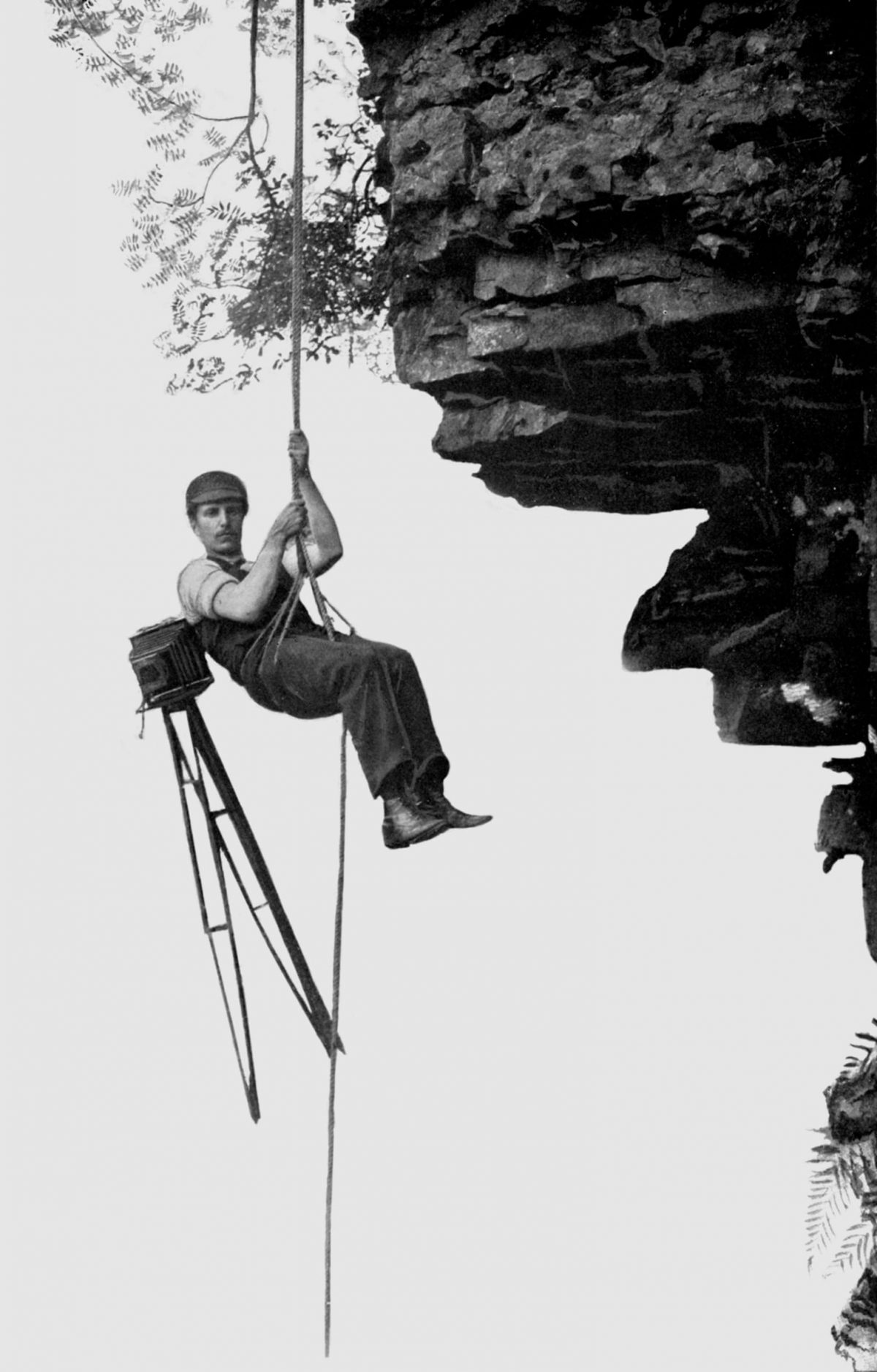
‘A perilous descent’. Cherry was responsible for the most physically demanding of the brothers’ photography work, such as abseiling hundreds of feet down sea cliffs to shoot the nests of fulmar, kittiwake, gannet and shag.
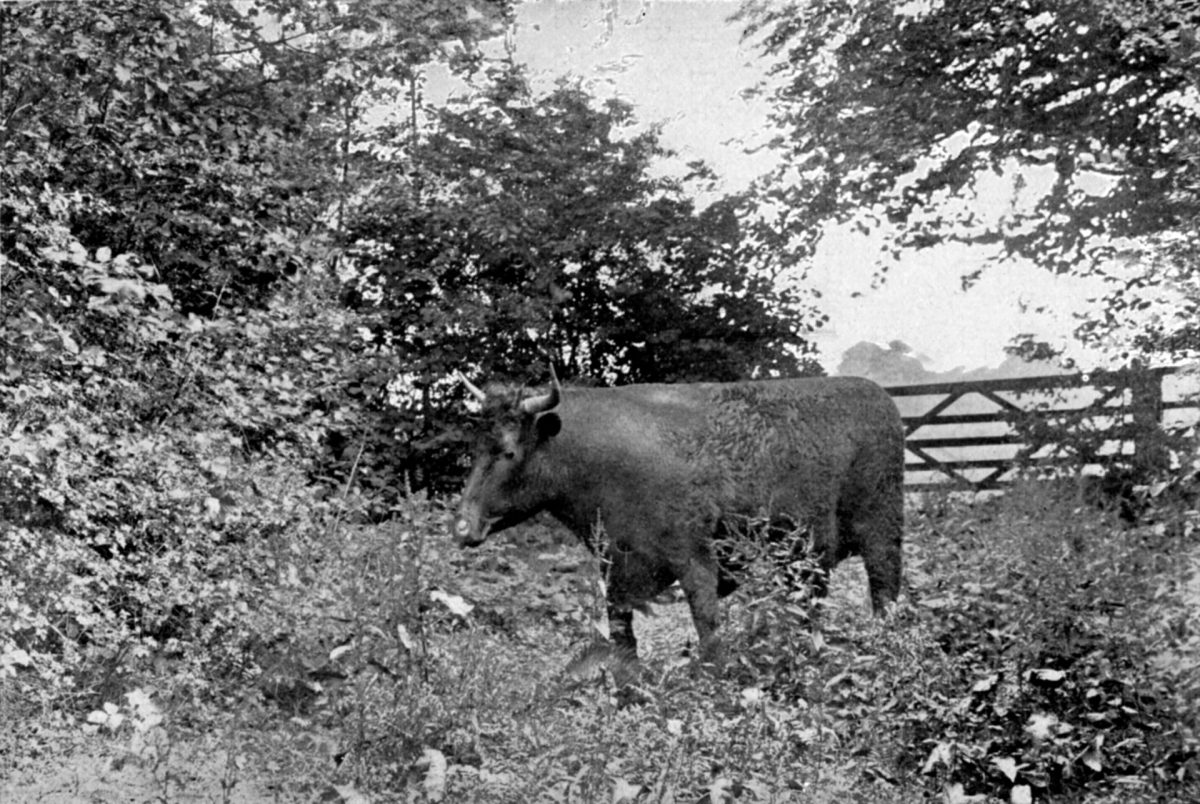
‘The stuffed’ ox-styled hide
“Once out of sheer agony I dropped from the bottom [of the cow]. Upon seeing me [the bird] sprang almost vertically in the air and, dropping among the grass, stared with outstretched neck in blank amazement”
– Richard Kearton
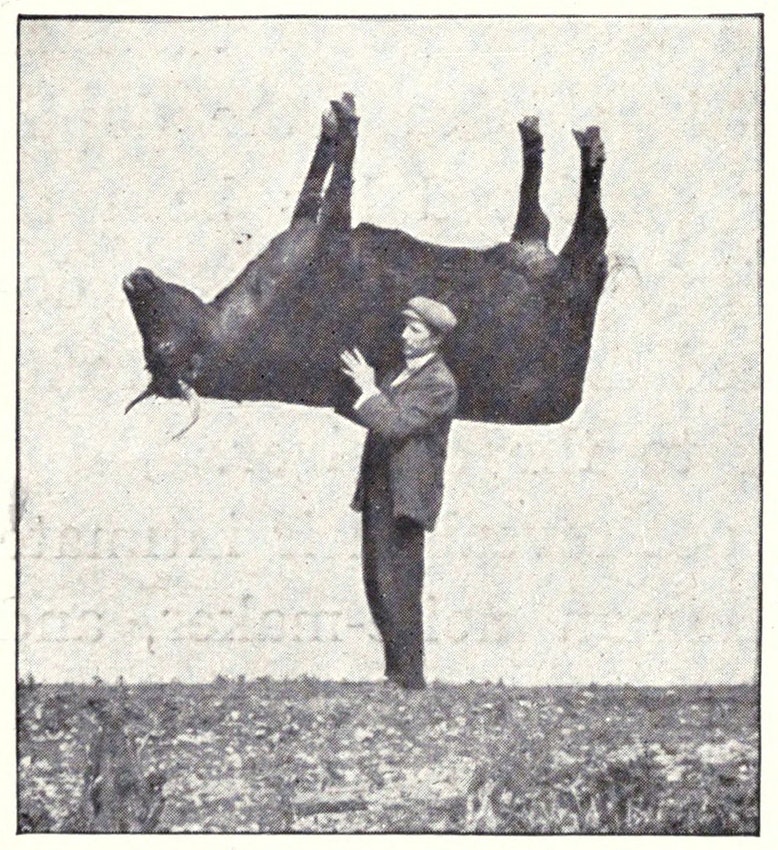
“Shouldering the imitation ox”, from a 1909 edition of Richard Kearton’s Wild Nature’s Ways
“To excel in deception is not a very laudable accomplishment, but the heinousness of the crime may, perhaps, be softened in the eyes of the moralist by a knowledge of the fact that in this case the duplicity employed has been as entirely harmless to the deceived as it has been profitable to the deceiver”
— Richard Kearton, Wild Nature’s Ways
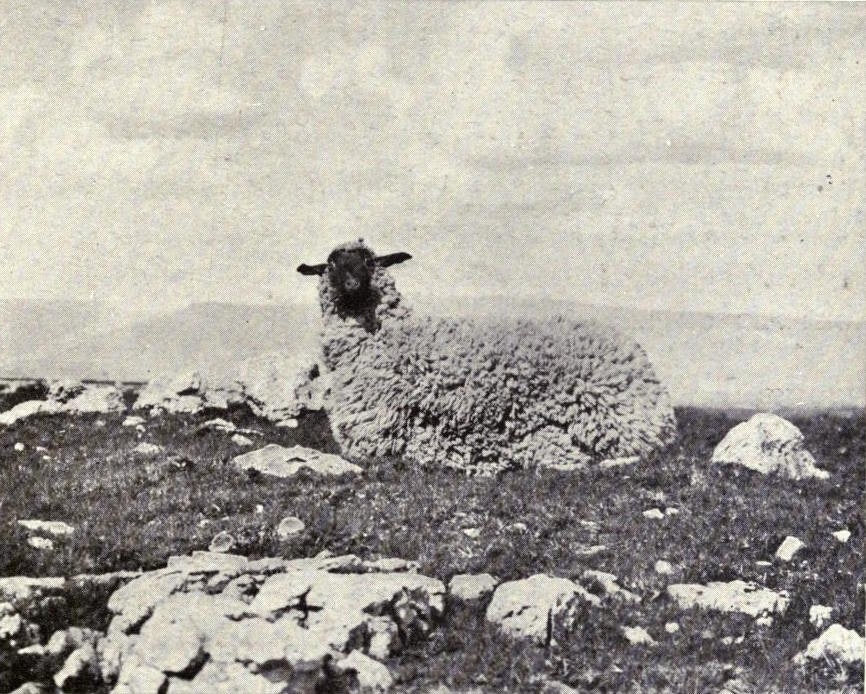
The Kearton also used a “Stuffed sheep” – from a 1909 edition of Richard Kearton’s Wild Nature’s Ways
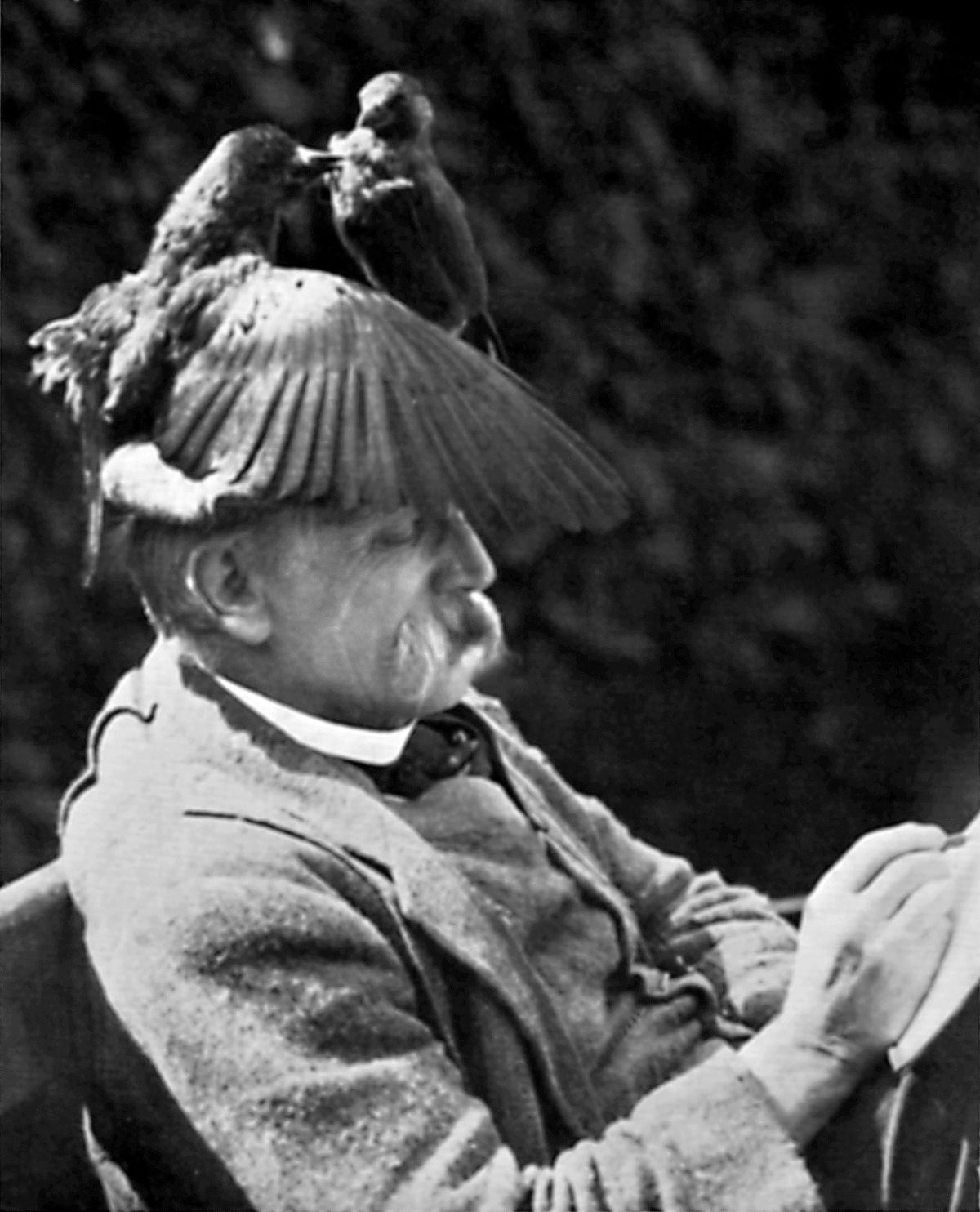
Richard Kearton with jackdaws, circa 1925, three years before his death from a heart attack
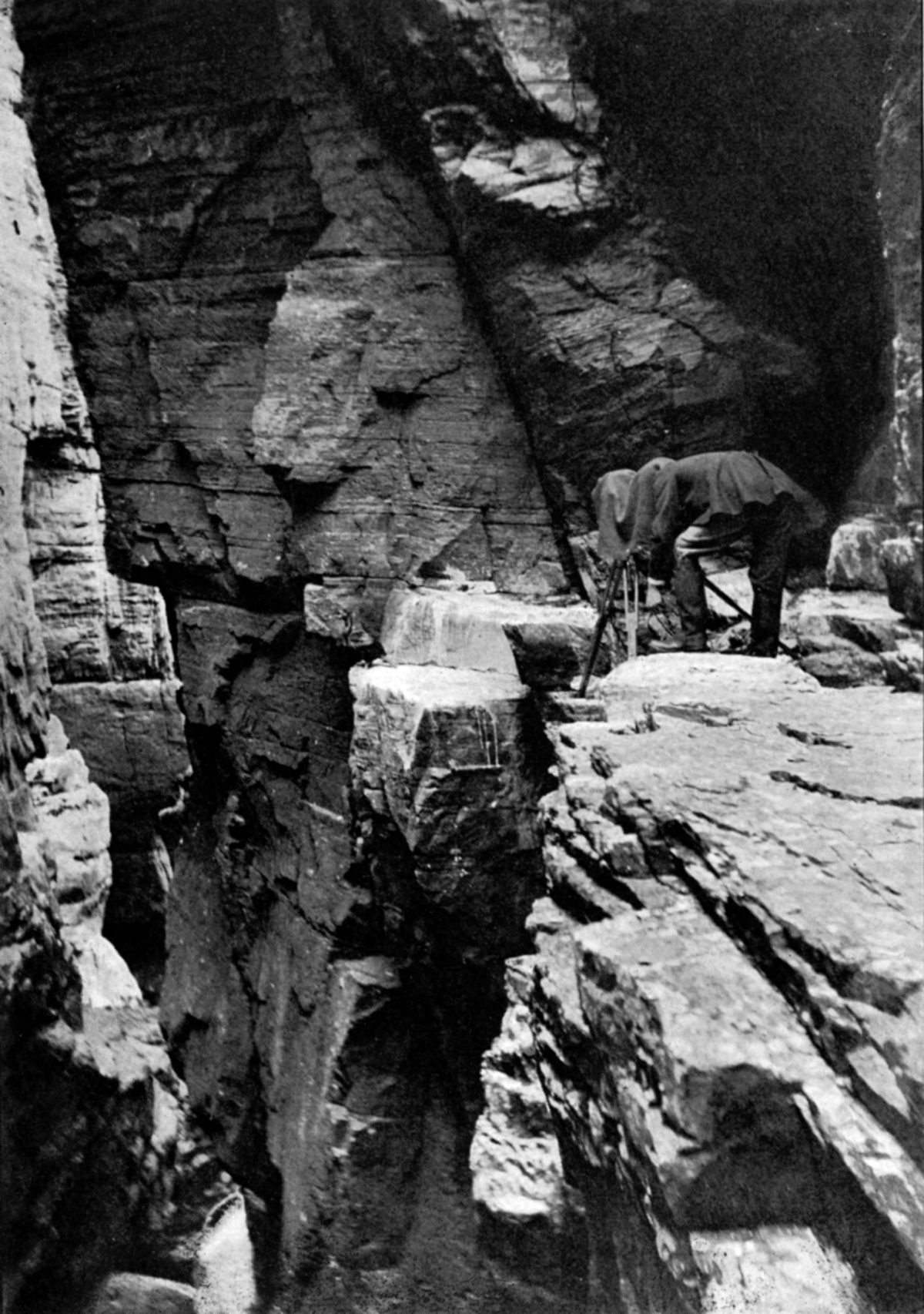
Richard built a career writing and lecturing, using lantern slides. Cherry took to motion photography. He travelled the world filming wildlife, particularly in Africa. He made an early “talkie” in 1913, travelled extensively and during the First World War, he filmed on the Western Front.
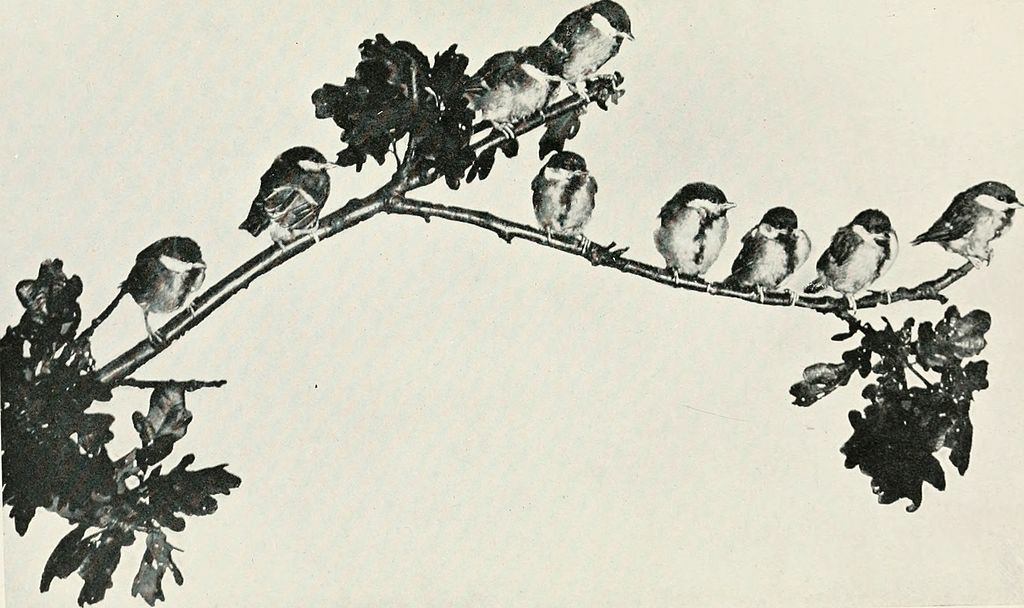
Baby Birds At Home by Richard Kearton, photographs by Cherry and Richard Kearton published by Cassell & Co.. London – 1912 : The Great Tit
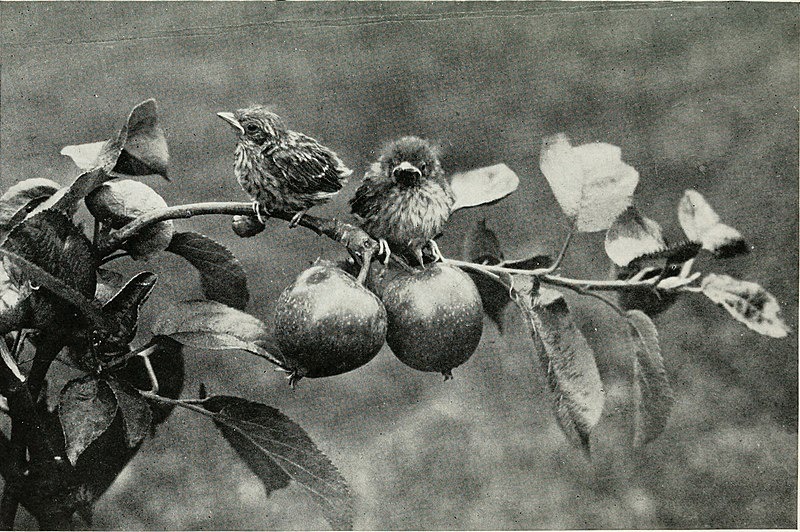
Baby Birds At Home by Richard Kearton, photographs by Cherry and Richard Kearton published by Cassell & Co.. London ,1912 Hedge Sparrows
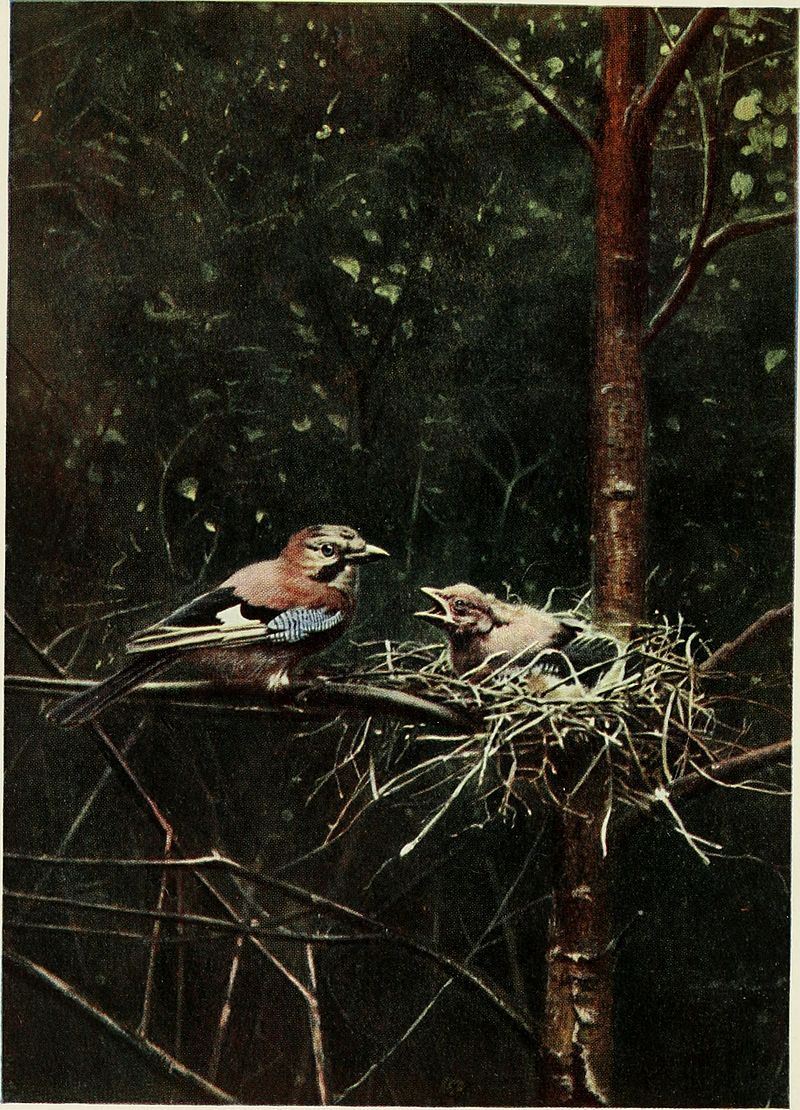
Baby Birds At Home by Richard Kearton, photographs by Cherry and Richard Kearton published by Cassell & Co.. London ,1912 Jays
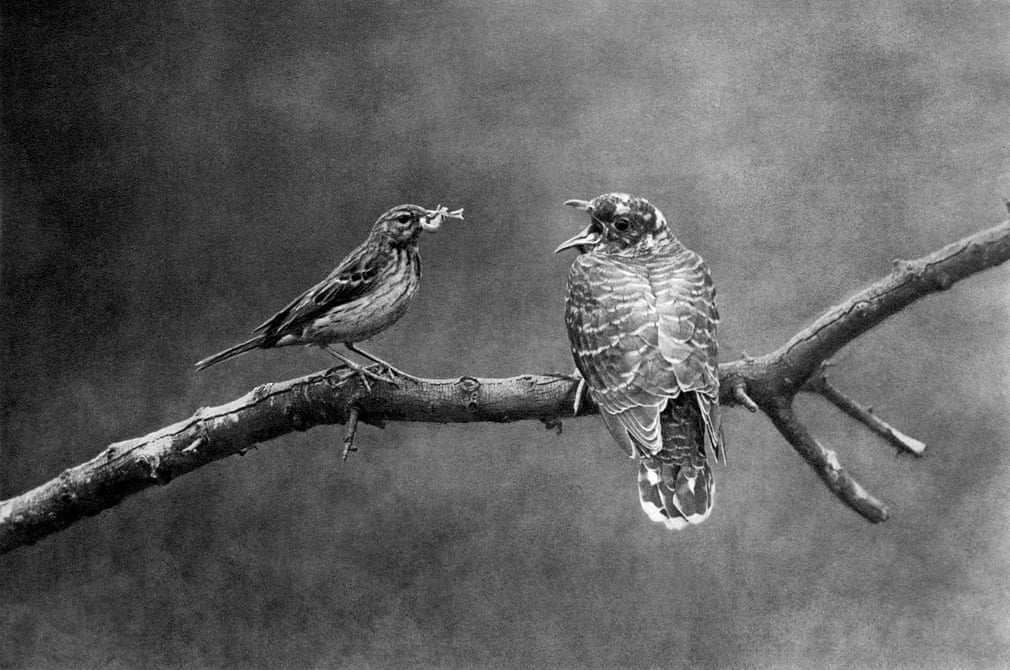
Tree pipit feeding young cuckoo by Cherry Kearton
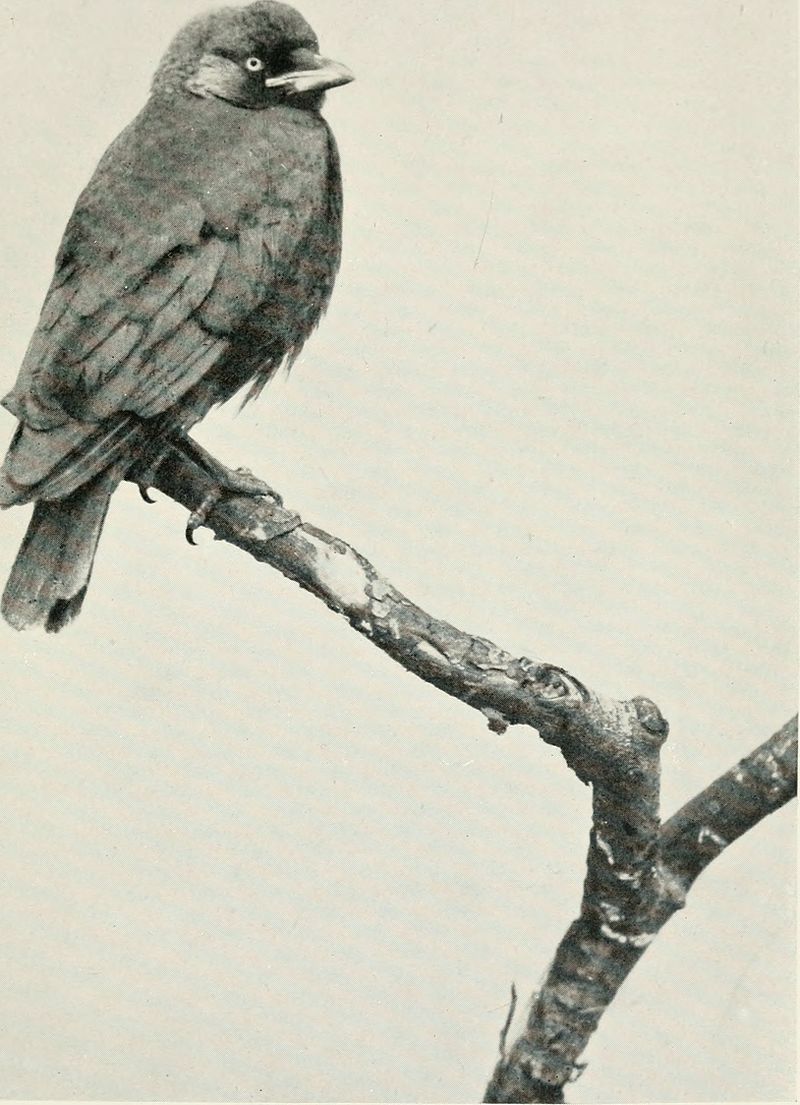
Baby Birds At Home by Richard Kearton, photographs by Cherry and Richard Kearton published by Cassell & Co.. London ,1912 Jackdaw
At a time when hunting was fashionable and nature conservation was in its infancy, the brothers recognised the need to respect wildlife and to capture it through photography rather than by hunting down trophies. In ‘Wild Nature’s Ways’ (1904) the brother’s make a plea that collectors take no more than one bird egg of any species; “remember that to help in the least degree to accomplish the extinction of anything beautiful and interesting is a crime against future generations…”

Baby Birds At Home by Richard Kearton, photographs by Cherry and Richard Kearton published by Cassell & Co.. London ,1912 The Song Thrush
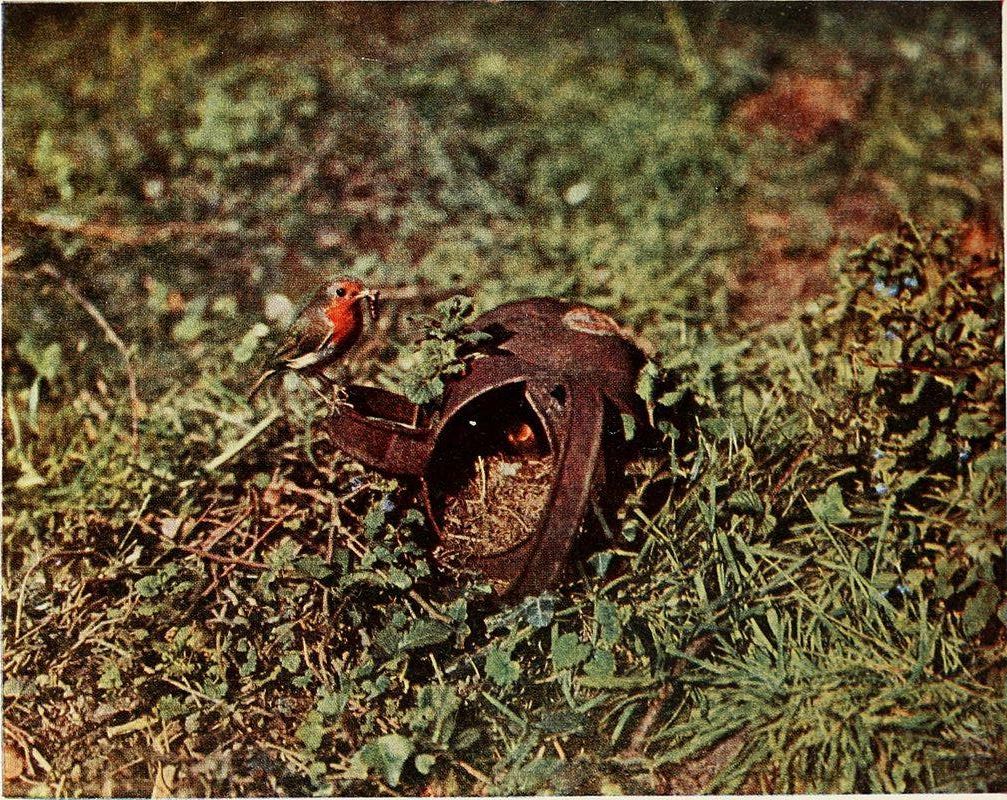
Baby Birds At Home by Richard Kearton, photographs by Cherry and Richard Kearton published by Cassell & Co.. London ,1912 Robins
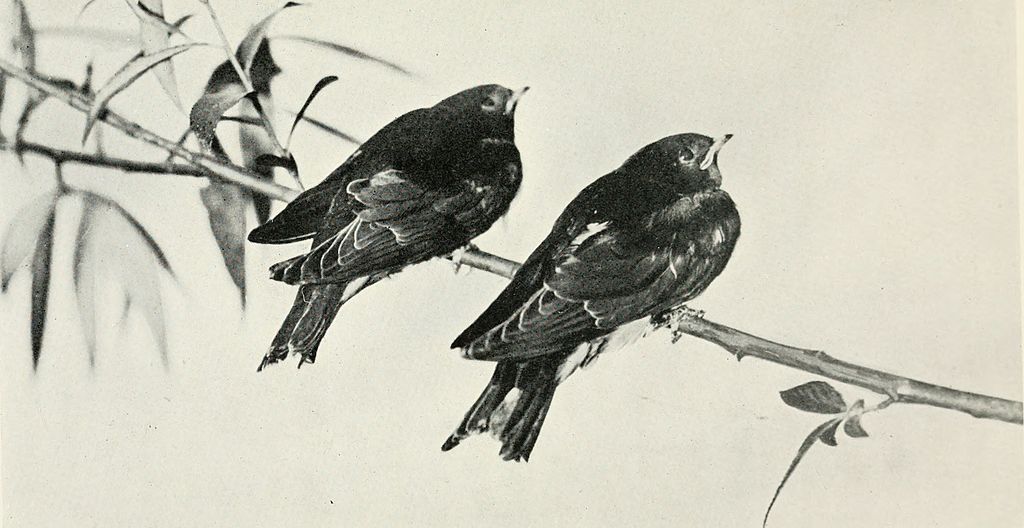
Baby Birds At Home by Richard Kearton, photographs by Cherry and Richard Kearton published by Cassell & Co.. London ,1912 The Swallow
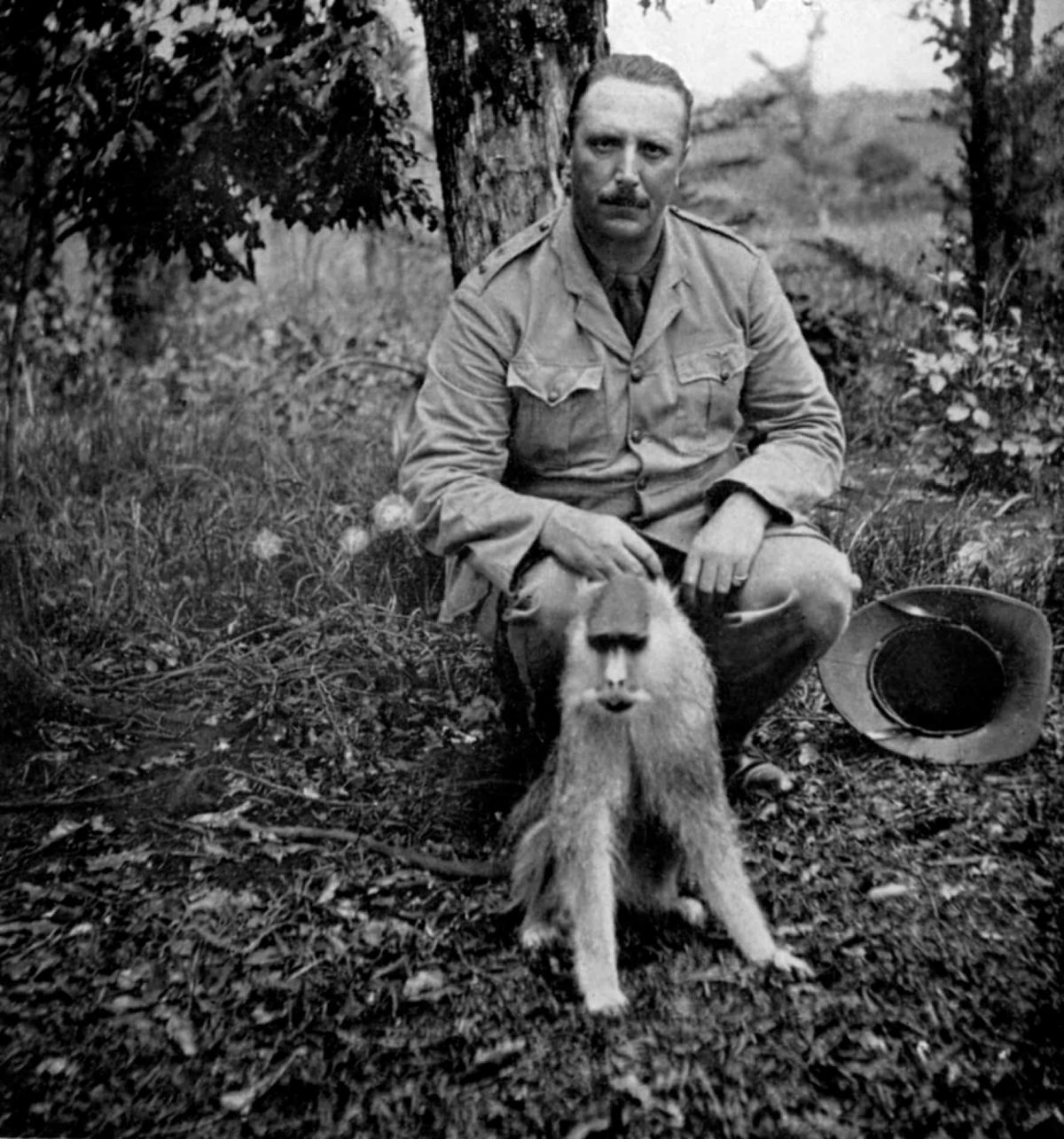
Cherry Keaton with a colobus monkey. Kearton travelled to Mombasa on board a cargo ship in 1909 and was to meet and photograph Theodore Roosevelt who was there on a hunting safari. Roosevelt went on to praise the ‘absolute honesty’ of Kearton’s work at a time when others were tempted to fake moving pictures of wildlife. ‘If he takes a picture it may be guaranteed as straight’
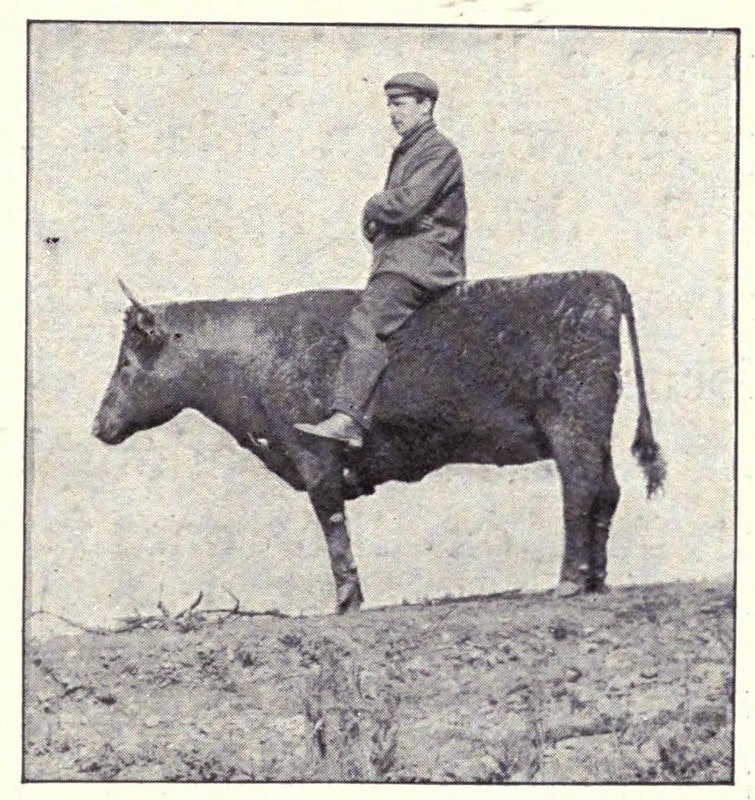
Would you like to support Flashbak?
Please consider making a donation to our site. We don't want to rely on ads to bring you the best of visual culture. You can also support us by signing up to our Mailing List. And you can also follow us on Facebook, Instagram and Twitter. For great art and culture delivered to your door, visit our shop.

